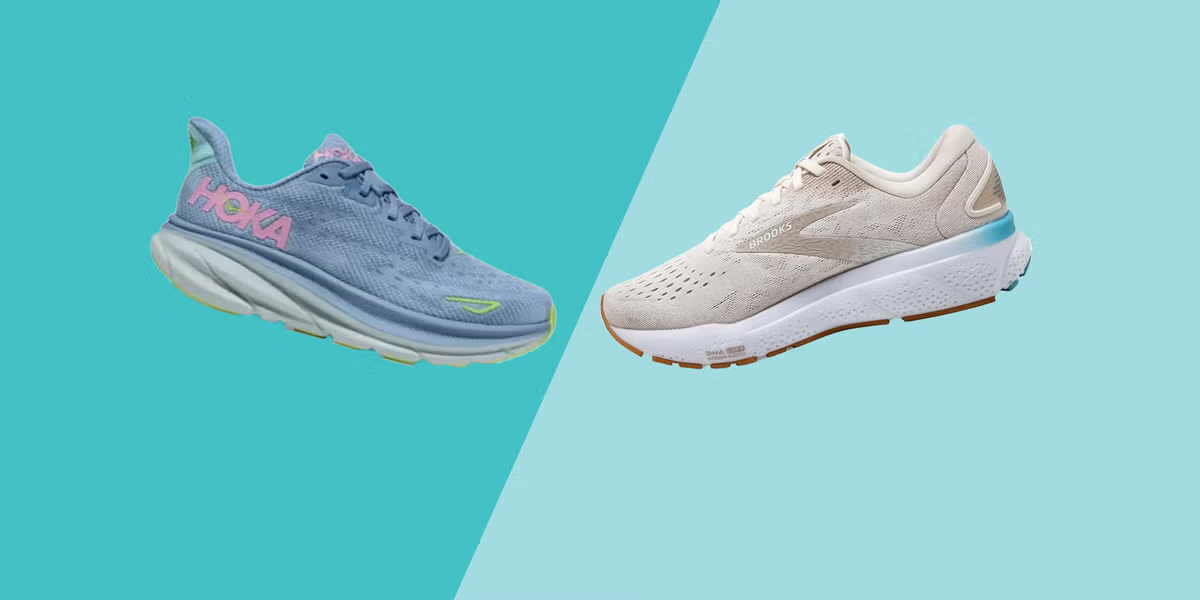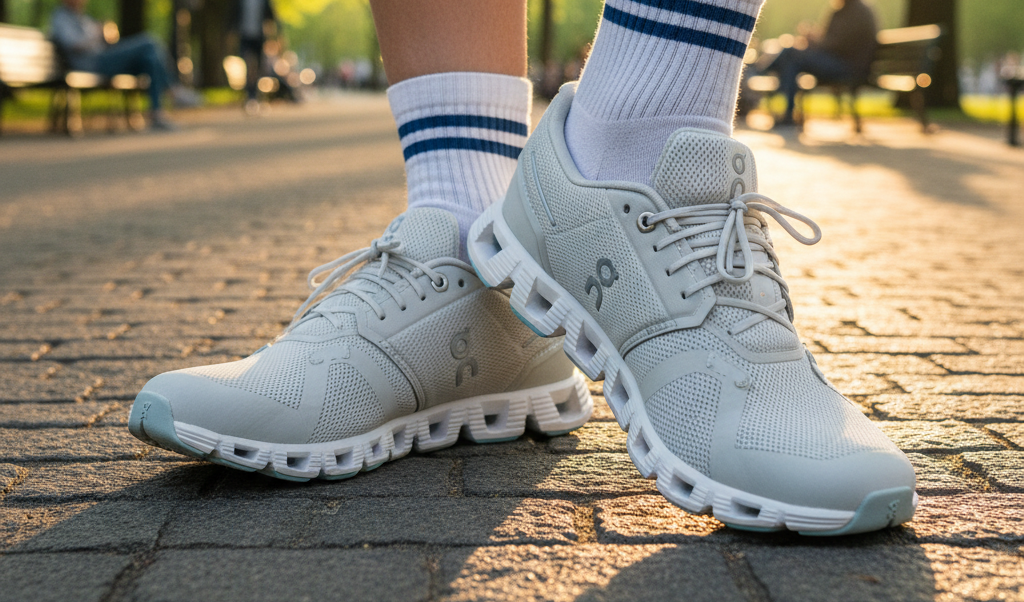When it comes to footwear, few names stand out in the running and walking community as much as Brooks. Founded in 1914, the brand has carved out a reputation for producing shoes that are not just comfortable but scientifically engineered to promote better biomechanics. But beyond the popularity among runners, walkers, and fitness enthusiasts, there’s an important perspective worth considering: what do podiatrists think of Brooks shoes?
The short answer is that podiatrists generally hold Brooks in high regard. From their supportive design features to their specialized models for different foot types, Brooks shoes often receive recommendations from foot health professionals. Below, we’ll explore in detail why podiatrists tend to recommend Brooks, which models they highlight most, and important considerations before purchasing.
Contents
Why Podiatrists Recommend Brooks
1. Support and Stability
Podiatrists emphasize that one of the most crucial roles of a shoe is to provide support and stability. This is especially important for individuals with flat feet, overpronation (feet rolling inward too much), or supination (feet rolling outward excessively).
Brooks shoes are well-regarded for incorporating GuideRails technology in certain models. GuideRails help keep excessive movement in check, guiding the foot into more natural motion and reducing strain on the knees and hips. This stability-focused design helps lower the risk of injury for athletes and provides everyday comfort for those who spend long hours on their feet.
2. Quality and Consistency
One of the reasons podiatrists often recommend Brooks is because of the brand’s consistency. Unlike some companies that frequently change fit, sizing, or shoe shape from year to year, Brooks maintains a reliable design philosophy.
For patients, this means if a Brooks model works for their feet, they can often buy the updated version without worrying that it will feel completely different. That level of reliability makes it easier for podiatrists to prescribe Brooks as a long-term solution for foot comfort and health.
3. Cushioning and Shock Absorption
For individuals dealing with joint pain, arthritis, or conditions like plantar fasciitis, cushioning is a major factor in shoe choice. Brooks incorporates technologies like DNA LOFT and DNA AMP, which adjust to a person’s stride and weight to deliver personalized cushioning.
This responsiveness helps reduce impact on the feet, ankles, knees, and hips—making Brooks shoes a good fit for people who experience chronic foot pain or are recovering from injuries. Podiatrists appreciate this thoughtful engineering, as it directly addresses shock absorption, one of the most common needs in footwear.
4. APMA Seal of Acceptance
Several Brooks models carry the American Podiatric Medical Association (APMA) Seal of Acceptance. This seal is given only to shoes that meet rigorous standards for promoting foot health.
The APMA evaluates factors such as support, alignment, and overall design, so when a Brooks shoe carries the seal, it provides reassurance that the product has been independently reviewed and approved by foot health experts.
5. Versatility for Different Foot Types
No two feet are the same, and podiatrists often highlight that Brooks provides a wide range of options for different arch types, pronation patterns, and activity levels.
For example:
- The Brooks Ghost is known for its neutral cushioning and adaptability, making it a favorite recommendation for beginners and casual runners.
- The Brooks Adrenaline GTS provides stability and guidance, ideal for people who need extra support.
- The Brooks Addiction Walker is often suggested for individuals who need a durable walking shoe with enhanced support for conditions like plantar fasciitis.
This versatility makes Brooks an easy go-to brand for podiatrists who want to recommend something reliable to a diverse range of patients.
Specific Brooks Models Podiatrists Recommend
1. Brooks Ghost
The Ghost is one of Brooks’ most popular and versatile shoes. It’s often described as a “neutral runner,” meaning it’s built for people who don’t have significant pronation issues.
Why podiatrists like it:
- Balanced cushioning that works for many foot types.
- Smooth transitions during walking or running.
- Versatility for casual use, walking, and long-distance running.
2. Brooks Glycerin
The Glycerin is Brooks’ plushest shoe, designed with maximum cushioning.
Why podiatrists like it:
- Soft and responsive DNA LOFT cushioning.
- Suitable for individuals with joint pain or arthritis.
- Ideal for people who prioritize comfort over speed.
3. Brooks Adrenaline GTS
This is Brooks’ flagship stability shoe, featuring GuideRails technology.
Why podiatrists like it:
- Excellent for overpronators who need added structure.
- Helps prevent injuries caused by poor alignment.
- Versatile for both running and all-day wear.
4. Brooks Addiction Walker
While many Brooks models are running-focused, the Addiction Walker is specifically made for walking.
Why podiatrists like it:
- Supportive design tailored to walking mechanics.
- Slip-resistant outsole for safety.
- Ideal for plantar fasciitis, flat feet, and long hours of standing.
5. Brooks Launch and Levitate
For patients seeking a lighter, more responsive shoe, podiatrists sometimes recommend the Launch or Levitate.
Why podiatrists like it:
- More energy return for active individuals.
- Lightweight construction reduces fatigue.
- Great for runners who want speed without sacrificing support.
Conditions Brooks Shoes Can Help With
1. Plantar Fasciitis
Brooks shoes with ample cushioning and heel support, like the Glycerin or Addiction Walker, can help relieve heel pain by reducing strain on the plantar fascia.
2. Flat Feet
Models with strong arch support and stability features, like the Adrenaline GTS or Addiction Walker, are often recommended for flat-footed individuals.
3. Arthritis
The cushioning in Brooks’ high-comfort models helps absorb shock, easing pain for those with arthritis in the feet, knees, or hips.
4. Overpronation or Supination
Brooks offers both stability shoes (like Adrenaline GTS) for overpronation and neutral shoes (like Ghost) for supinators, addressing both gait issues.
5. Everyday Foot Pain
Even for people without diagnosed conditions, Brooks shoes can reduce discomfort caused by long hours of standing, walking, or running.
Important Considerations
While Brooks shoes receive widespread approval from podiatrists, there are some caveats to keep in mind.
1. Individual Needs Vary
What works for one person may not work for another. Foot type, gait, and lifestyle all play a role in shoe selection. Podiatrists stress that while Brooks provides excellent options, the best choice is always individualized.
2. Professional Fitting Matters
Podiatrists often recommend getting a gait analysis or professional shoe fitting before purchasing. This ensures that the chosen model aligns with your unique biomechanics.
3. Not a Substitute for Treatment
While Brooks shoes can help alleviate pain and prevent injuries, they’re not a cure-all. Chronic foot issues may require orthotics, physical therapy, or medical treatment in addition to good footwear.
4. Price and Durability
Brooks shoes are not the cheapest on the market, often priced between $120–$170 for new models. However, podiatrists argue that the investment is worthwhile for the quality, durability, and foot health benefits.
Final Thoughts
So, what do podiatrists think of Brooks shoes? The consensus is clear: Brooks ranks among the most podiatrist-approved brands thanks to its supportive design, consistent quality, cushioning technology, and wide range of options for different foot types and conditions.
From the highly versatile Ghost, to the cushioned Glycerin, to the supportive Adrenaline GTS, Brooks shoes provide solutions for runners, walkers, and those seeking everyday comfort. And with several models holding the APMA Seal of Acceptance, Brooks has earned formal recognition for promoting foot health.
Still, podiatrists emphasize that choosing footwear should always be personalized. While Brooks offers many podiatrist-approved choices, a professional evaluation is the best way to ensure the right fit for your unique needs.
In summary, if you’re searching for shoes that balance performance, comfort, and foot health, Brooks is one of the first brands podiatrists will recommend—and for good reason.
Would you like me to also structure this into a SEO-optimized blog format (with headings, meta description, FAQs, and keyword suggestions) so it’s ready to publish?
Saucony vs Brooks Shoes




